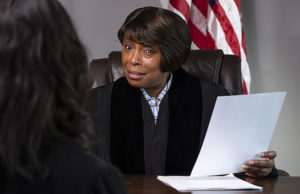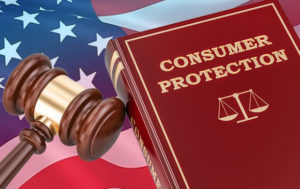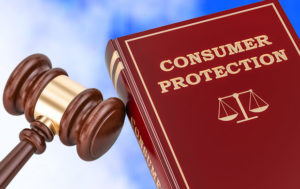Before the Internet, messages were spread by television and newspaper ads and highway billboards. Today that is done through social media. Virtually everyone knows about it, and many people use it. Does it make any sense that a U.S. government agency could violate any laws for using social media to carry out its mission?
Doesn’t make sense to me. However, last month, the U.S.Government Accountability Office ruled that the Environmental Protection Agency violated federal law and took part in covert propaganda by using social media to solicit support for an Obama administration rule aimed at protecting streams and surface waters.
Having followed theEPA for many years, I have always thought that the point of the agency is to help protect the environment for future generations. Using social media to help protect the nation’s streams and surface waters seems to make a lot of sense, particularly since the EPA’s website states that its mission is to protect health and the environment.
Free Speech and Social Media
Over the years, many people have filed lawsuits involving libel, slander and even revenge porn related to anonymous social media postings. Since under the U.S. Constitution, the First Amendment gives everyone the right to free speech, the principles should apply to social media.
However, when these types of cases were first filed in the 1990s, they routinely failed, maybe because judges didn’t understand or lawyers were not good at explaining their claims, or both. Then around 2000, U.S. courts accepted what was called “cybersmear” as a legitimate legal claim. However, if there was a grain of truth to a statement in question, it was not considered cybersmear.
For example, if a posting stated that an EPA commissioner was incompetent, which is an opinion, that posting would be considered free speech under the First Amendment. However, a posting stating that the commissioner is a convicted felon, if untrue, would be not be protected free speech.
The standard also is different for a public figure than for a private citizen. In 1964, the Supreme Court decided in New York Times v. Sullivan that slander or libel directed at a public figure is entitled to less protection than a nonpublic figure. Based on the Sullivan standard, the EPA is open to criticism, but whether is violating a federal law is altogether different.
EPA Doesn’t Back Down
Last month, EPA spokesperson Liz Purchia posted a blog on the EPA website defending the agency’s use of the GSA-approved Thunderclap social media platform “to get the word out about our historic Clean Water Rule — a law to better protect the streams and wetlands that are the foundation of our nation’s water resources.”
The page on Thunderclap included the EPA logo and byline with this message: “Clean Water is important to me. I support EPA’s efforts to protect it for my health, my family, and my community,” she said.
The EPA Thunderclap page was “linked to an EPA website with information about the rule. We shared this page with all of our stakeholders — no matter what sector, geographic location, or perspective — with the goal of catalyzing our public engagement process, and getting people excited about the importance of clean water,” Purchia said.
Apparently the EPA is not backing down.
Senate Inquiry
The GAO is the investigative arm of the Congress, which is currently controlled by the Republican Party. This inquiry began last year when the Senate Environment and Public Works Committee requested that the GAO review the EPA’s use of social media, and in particular Thunderclap.
During the inquiry, Sen. James M. Inhofe of Oklahoma, the committee chairman, requested that the GAO expand its inquiry to examine “whether EPA’s activities constituted prohibited covert propaganda or publicity.” Other senators requested more information.
The “GAO’s finding confirms what I have long suspected, that EPA will go to extreme lengths and even violate the law to promote its activist environmental agenda,” Inhofe said after the GAO submitted its 26-page report last month.
The Senate committee took note of other highlights of the GAO report about the EPA.
“We conclude that EPA’s use of Thunderclap constitutes covert propaganda, in violation of the publicity or propaganda prohibition,” the report says.
“We conclude that EPA violated the anti-lobbying provisions contained in appropriations acts for FY 2015 when it obligated and expended funds in connection with establishing the hyperlinks to the webpages of environmental action groups,” it maintains.
“Because EPA obligated and expended appropriated funds in violation of specific prohibitions, we also conclude that EPA violated the Antideficiency Act, 31 U.S.C. 1341(a)(1)(A), as the agency’s appropriations were not available for these prohibited purposes,” the report says.
Next Steps
Congress seems to have made this more political than legal in nature, which means there likely will be a political resolution rather than a lawsuit between the GAO and the EPA.
Regardless of how the issue is resolved, the legal issues presented are interesting and could result in more scrutiny of other U.S. agencies and their use of social media, giving other agencies free rein over social media use, or something in between.






















































Social Media
See all Social Media